Julius Caesar’s Assassination (44 BC)
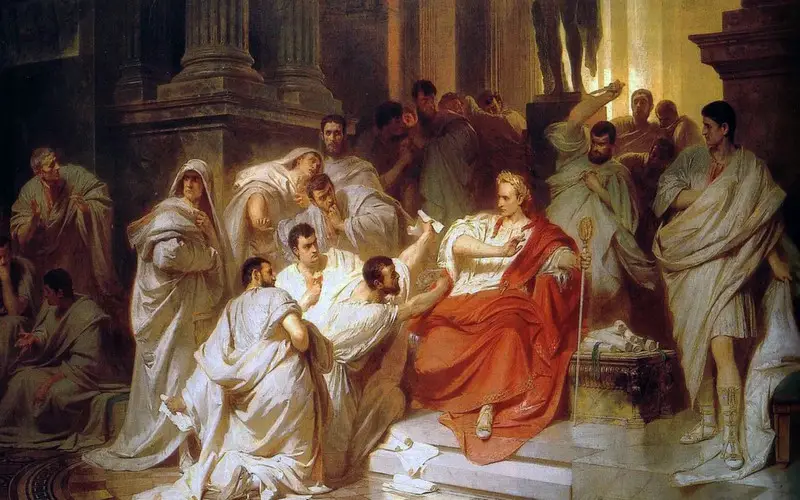
Among the most famous deaths in Roman history is the assassination of Julius Caesar. Betrayed by members of the Senate, Caesar met his end on the Ides of March. Stabbed multiple times, including by his trusted ally Brutus, his death marked a pivotal moment in Roman politics, leading to a series of civil wars.
Caligula’s Murder (41 AD)
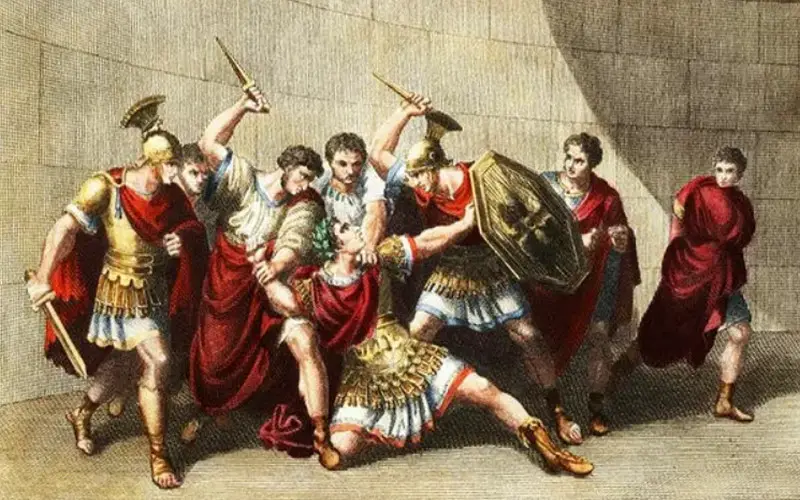
Caligula’s reign was marked by tyranny and madness. His erratic behavior led to his assassination by a group of Praetorian Guards and senators in a conspiracy. After a short but oppressive reign, Caligula’s death brought a temporary respite to the Roman people.
Nero’s Suicide (68 AD)
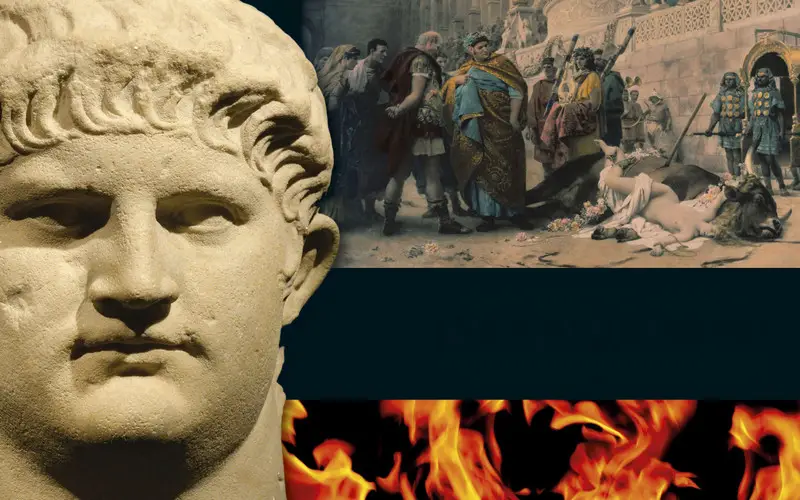
Nero, infamous for his cruelty and debauchery, faced rebellion and condemnation from the Senate. As his reign crumbled, Nero chose to take his own life rather than face execution. His final words reportedly were, “What an artist dies in me!”
Commodus’ Strangulation (192 AD)
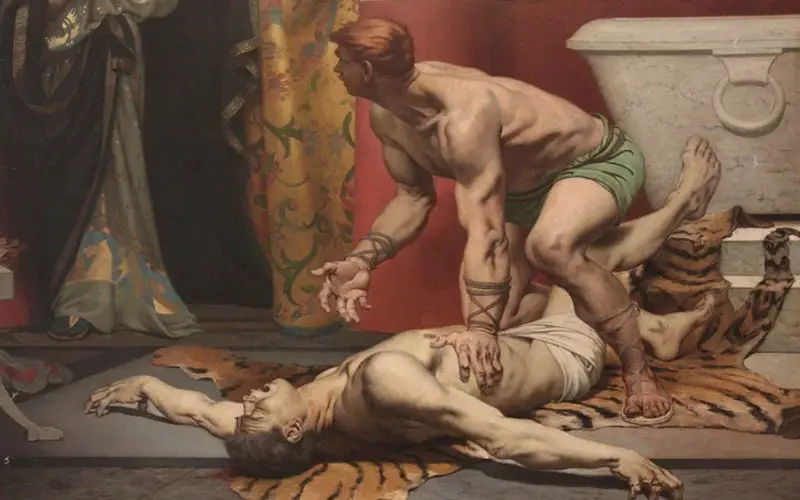
Commodus, known for his megalomania and descent into madness, faced opposition from his advisers and the Senate. His wrestling partner, Narcissus, was among those who strangled Commodus in his bath, putting an end to his tyrannical rule.
Caracalla’s Betrayal (217 AD)
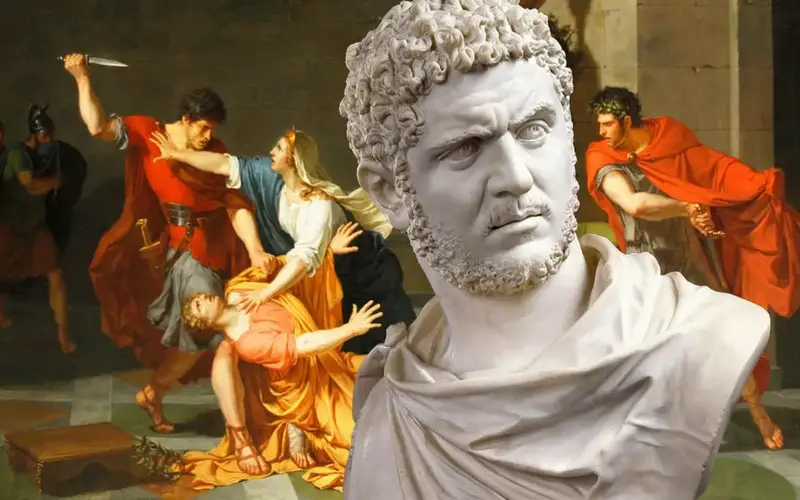
Caracalla, feared for his brutality, met his end during a campaign in present-day Turkey. He was assassinated by his own soldiers in a plot orchestrated by his officers, marking the culmination of discontentment against his tyrannical rule.
Maximinus Thrax’s Grisly End (238 AD)
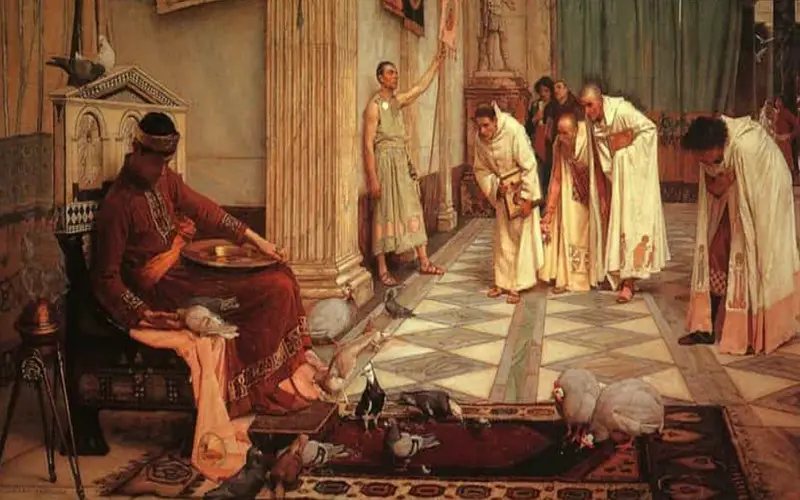
Known for his brutality and harsh policies, Maximinus Thrax faced a rebellion led by the Senate and Praetorian Guard. During the chaos, his death was brutal—beheaded and mutilated by his own soldiers, who paraded his head through the streets.
Elagabalus’ Public Execution (222 AD)
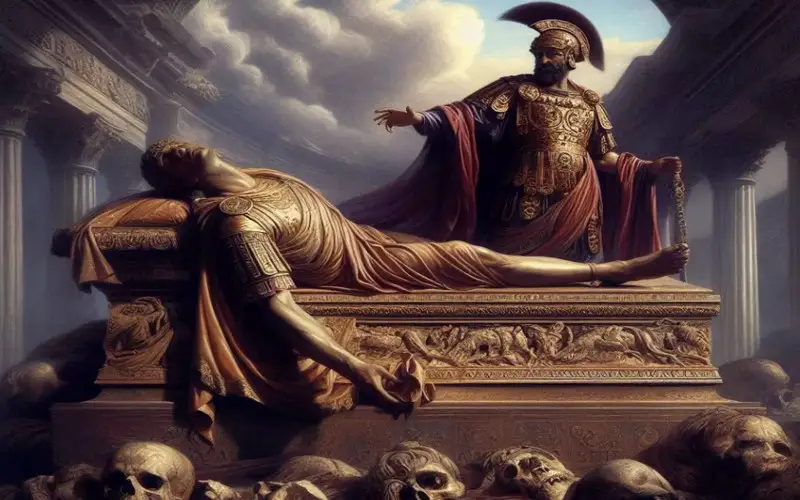
Elagabalus, infamous for his scandalous lifestyle and erratic behavior, was deposed by the Praetorian Guard. He was executed alongside his mother, their bodies dragged through the streets, and thrown into the Tiber River to quell public anger.





















